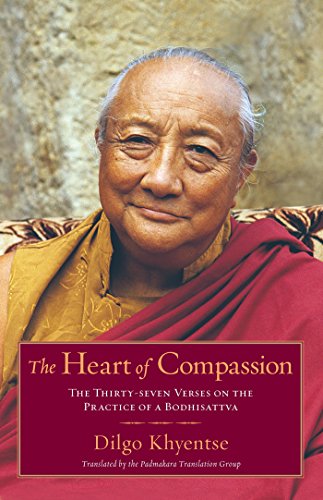
By Dilgo Khyentse Rinpoche,Padmakara Translation Group
For additional information in regards to the writer, Dilgo Khyentse, stopover at his web site at www.shechen.org.

By Dilgo Khyentse Rinpoche,Padmakara Translation Group
For additional information in regards to the writer, Dilgo Khyentse, stopover at his web site at www.shechen.org.
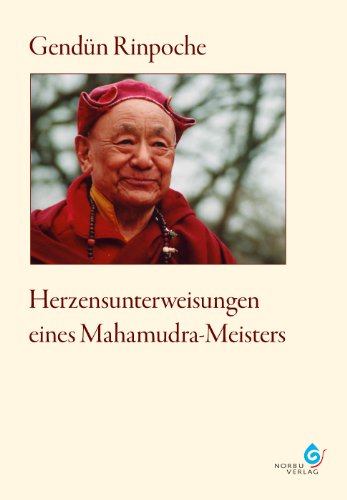
By Gendün Rinpoche
Er erläutert zentrale Aspekte unserer spirituellen Entwicklung wie Meditation, den Umgang mit Gefühlen, das Entwickeln von Mitgefühl, Hingabe und Weisheit, die spirituelle Beziehung von Lehrer und Schüler, die richtige Vorbereitung auf den Tod. Alles used to be er dazu sagt, kommt direkt von seinem Herzen, aus seiner eigenen Erfahrung, und stellt eine Grundausrüstung für buddhistische Praktizierende dar.
Das herausragende Merkmal des Buches ist die außergewöhnliche Fähigkeit des Autors, den Leser anzuregen, sich selbst ernsthaft der buddhistischen Praxis zu widmen. Es wird für Neuankömmlinge von Nutzen sein, die eine praktische und maßgebliche Einführung in die zentralen Themen des Buddhismus suchen. Aber auch für erfahrene Praktizierende wird es von großem Wert sein, da zahllose Perlen von Ratschlägen ihnen helfen werden, Unsicherheiten in ihrer Dharma-Praxis zu klären.
Gendün Rinpoche (1918-1997), ein Lama der tibetischen Karma-Kagyu culture, verbrachte über 30 Jahre in Meditations-Zurückgezogenheit in Tibet und Indien. 1975 wurde er von seinem Lehrer, dem sixteen. Karmapa, nach Frankreich gesandt. Tausenden, vor allem westlichen Menschen, vermittelte er in den darauf folgenden 22 Jahren den spirituellen Reichtum des tibetischen Buddhismus und trug durch die Einrichtung zahlreicher Lehr-, Praxis- und Retreat-Zentren dazu bei, die buddhistischen Lehren fest im westlichen Boden zu verankern.
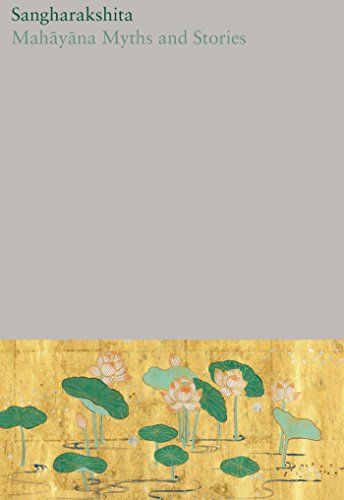
By Sangharakshita
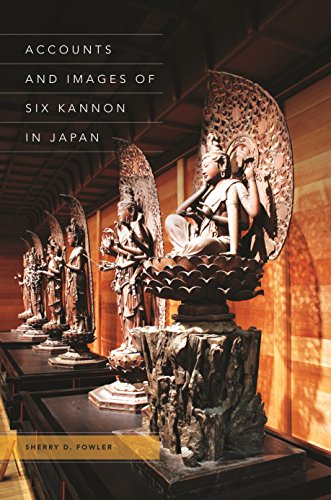
By Sherry D. Fowler
Buddhists all over the world have fun the advantages of worshipping Kannon (Avalokiteśvara), a compassionate savior who's some of the most loved within the Buddhist pantheon. while Kannon seems in a number of manifestations, the deity’s powers are believed to extend to even larger heights. this idea generated a number of cults all through heritage: one of the most vital is the cult of the Six Kannon, which started in Japan within the 10th century and remained well-liked during the 16th century. during this bold paintings, Sherry Fowler examines the advance of the japanese Six Kannon cult, its sculptures and work, and its transition to the Thirty-three Kannon cult, which is still lively to this day.
An exemplar of Six Kannon imagery is the whole set of life-size wood sculptures made in 1224 and housed on the Kyoto temple Daihōonji. This set, besides others, is analyzed to illustrate how Six Kannon worship impacted Buddhist perform. applying a diachronic strategy, Fowler provides case reports starting within the 11th century to reinstate a context for units of Six Kannon, nearly all of which were misplaced or scattered, and therefore illuminates the vibrancy, significance, and distribution of the cult and complements our wisdom of spiritual image-making in Japan.
Kannon’s function in aiding beings trapped within the six paths of transmigration is a well-documented catalyst for the choice of the quantity six, yet there are different major subject matters at paintings. Six Kannon worship contains major foci on worldly issues reminiscent of childbirth and animal husbandry, ties among textual content and photo, and various correlations with Shinto kami teams of six. whereas making teams of Kannon noticeable, Fowler explores the fluidity of numerical deity categorizations and the makes an attempt to quantify the invisible. furthermore, her research finds Kyushu as a particularly energetic web site within the background of the Six Kannon cult. a lot as Kannon pictures as soon as functioned to draw worshippers, their presentation during this ebook will attract modern readers to revisit their assumptions approximately East Asia’s hottest Buddhist deity.
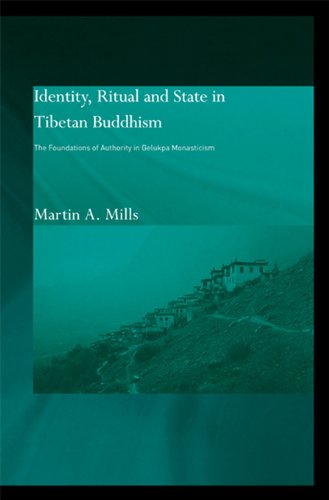
By Martin A. Mills

By Vic Mansfield,Lama Dalai
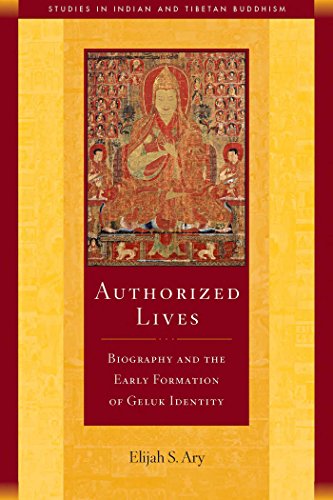
By Elijah Ary

By Paul Rouzer
In this primary severe research of Hanshan (�Cold Mountain�), Paul Rouzer discusses a few seventy poems of the long-lasting chinese language poet who lived someday throughout the Tang dynasty (618�907). Hanshan�s poems received a wide readership in English-speaking international locations following the book of Jack Kerouac�s novel The Dharma Bums (1958) and Gary Snyder�s translations (which started to appear that very same year), they usually were translated into English greater than the other physique of chinese language verse.
Rouzer investigates how Buddhism outlined the best way that believers can have learn Hanshan in premodern instances. He proposes a Buddhist poetics as a counter-model to the Confucian assumptions of chinese language literary concept and examines how texts through Kerouac, Snyder, and Jane Hirshfield reply to the East Asian Buddhist culture. �
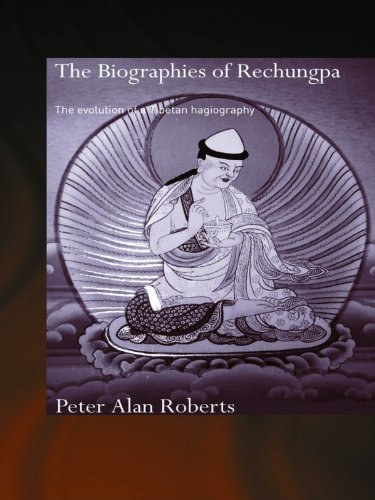
By Peter Alan Roberts
This booklet strains the lifestory of Rechungpa (1084-1161) - the coed of the recognized instructor Milarepa - utilizing infrequent and little-known manuscripts, and discovers how a twin of either Milarepa and Rechungpa underwent basic variations over a interval of over 3 centuries.
Peter Alan Roberts compares major episodes within the lifetime of Rechungpa as portrayed in a succession of texts, and hence demonstrates the evolution of Rechungpa’s biography. this is often the 1st survey of the surviving literature which incorporates a certain research in their dates, authorship and interrelationships. It exhibits how Rechungpa was once more and more portrayed as a rebellious, unstable and hard scholar, as a lineage from a fellow-pupil prospered to develop into dominant in Tibet.
Written in a method that makes it available to vast readership, Roberts' publication will be of nice worth to a person with an curiosity within the fields of Tibetan literature, heritage or religion.

By Robert Ford Campany
In addition to the interpretation, Campany presents a considerable examine of the textual content and its writer of their old and spiritual settings. He exhibits how those energetic stories helped combine Buddhism into chinese language society whilst that they served as systems for spiritual contestation and persuasion. Campany deals a nuanced, transparent methodological dialogue of ways such narratives, being items of social reminiscence, should be learn as invaluable proof for the historical past of faith and culture.
Readers attracted to Buddhism; historians of chinese language religions, tradition, society, and literature; students of comparative faith: All will locate Signs from the Unseen Realm a stimulating and wealthy contribution to scholarship.